THE “OLD LADY OF HALSEY STREET” (1935)
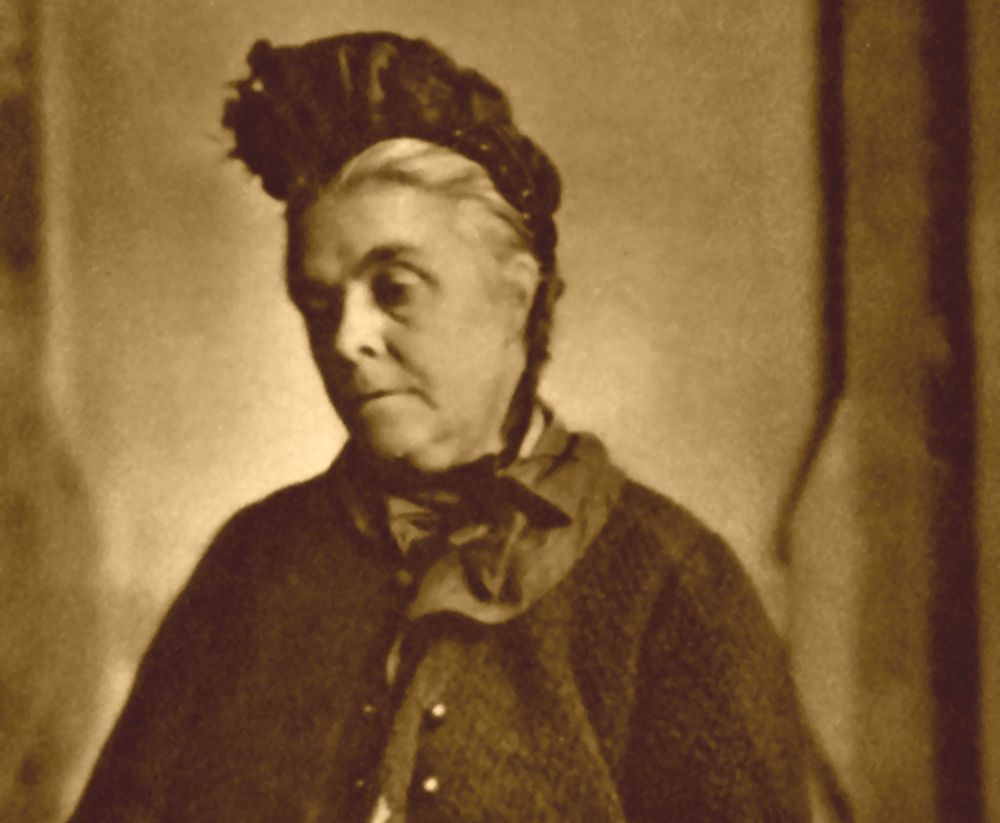
Brownstone Detectives investigates the history of our clients’ homes.
The story you are about to read was composed from research conducted in the course of one of those investigations.
Do you know the history of YOUR house?
********************************************************************************************************************************
It’s the type of story that modern-day house-hunters dream of – a brownstone that, since it was built, has been occupied by the same elderly lady who rarely left the house and never “modernized” it.
The gas fittings were original. The details were untouched. Even the furniture was from the 19th century.
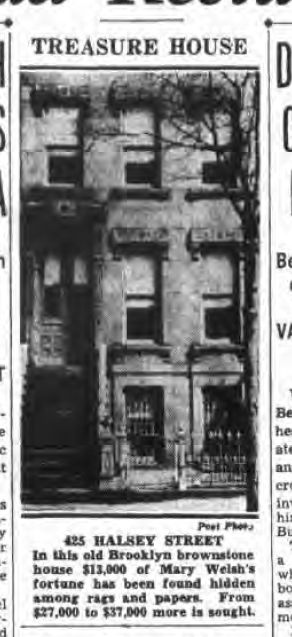
Its nickname was the “Treasure House,” and it was owned by the “Old Lady of Halsey Street.”
THE LIFE AND DEATH OF MARY V. WELSH
When Mary V. Welsh died in April of 1935, she had been known as the “Old Lady of Halsey St.” She got the name because little was known about her other than the fact that none of her neighbors was old enough or had lived on the block long enough to have remembered her moving into her house at 425 Halsey Street.
The neighbors always remembered her simply being there.
She dressed in a style of 50 years previous, never spoke to anyone on the street, and had cats – 9 or 10 of them, as far as they were counted.
A relic of another time, the neighbors took notice of her only as the anachronism that she was to them – a connection with a time long forgotten.
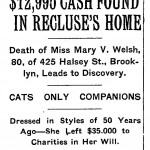
After her body was found, she was still dressed and kept in a Victorian style, lying on the floor of the dining room in the basement of her house. According to the medical surgeon responding, the 80-year-old woman had probably been dead for three days.
Soon, though, it would seem that everyone was related to the unknown woman. For she was not only a hoarder, a recluse, and an anachronism.
It turned out that she was also quite rich.
WHAT WAS FOUND WHEN SHE DIED?
Near to the corner of Lewis Avenue, where today’s popular Saraghina restaurant sits, her “three-story and basement brownstone house” was discovered to be filled not only with the remnants and relics of another time – but money – lots of it.
“‘The Old Lady of Halsey St.,’ who lived and died alone surrounded by Victorian elegance, with nine cats her sole companions, today added another chapter to the mysterious and lonely lives of elderly spinsters of wealth in Brooklyn,” read the Brooklyn Daily Eagle of 16 April 1935.
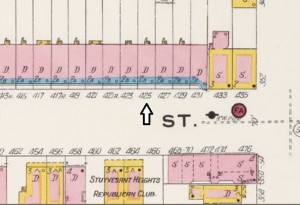
“In gold and silver certificates the police found more than $13,000 tucked under carpets, in tin cracker jars, behind pictures, and beneath mattresses,” the paper continued.
Also, within the kitchen cupboards, about $6645 was discovered in “old-style, large-sized bills,” along with five bankbooks showing deposits of $28,826.
But the police had to search through four stories of Welsh’s collections to find out how much she was worth.
In one room in the basement, behind a stack of old chairs, was found “four oil paintings, cracked, worn and covered in dust.” On the second floor, encyclopedias, novels and other books were piled in stacks that reached almost to the ceiling. Threadbare rugs covered the floors. The rooms on the third floor were “choked with piles of rags.” The house, it was discovered, had no gas or electricity.
The will, which was found after every other monetary instrument had been located, was discovered, along with some of her money, in the kitchen cupboard.
THE LEGALITY OF HER WILL AND THE PROBATE COURT
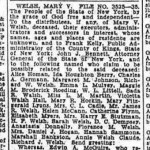
In order that a petition to probate should go forward, Welsh’s attorney placed an ad in the newspapers seeking to determine if there were any of Welsh’s relatives still alive. It was believed that her last known relative, her brother, Richard, had died about five years previous.
Over the next month, these ads generated approximately “29 claimants” from all over the country. None of them, the attorney believed, had any likelihood of having ever even known Welsh.
WHO GOT ALL HER STUFF?
As the old saying goes, “God takes care of old folks and fools, while the devil takes care of making all the rules.”
So it was that when Welsh died, her will, drawn up only the year before by her attorney, bequeathed her “more than $78,000” worth of worldy possessions “in trust” to institutions “providing shelter, comfort and treatment for indigent persons, especially those afflicted with tuberculosis, cancer and blindness.”
Witnessed by Ellen and Vincent Judge of 417 Halsey St., and legally probated by her attorney, the will stood the test, and, in the end, Welsh’s wishes were fully honored.
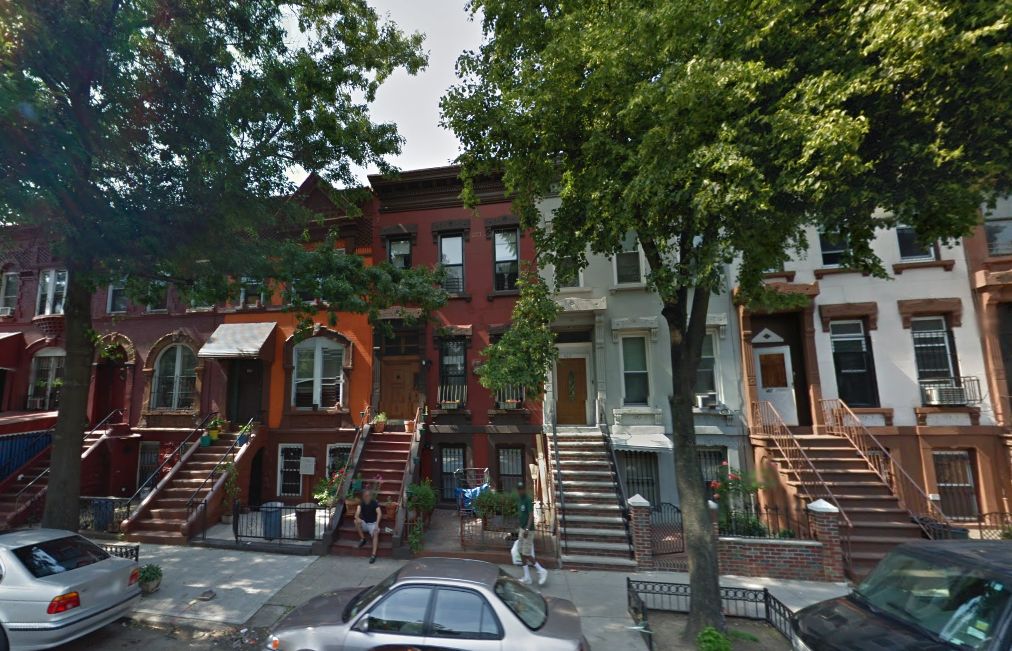
———————————————————————————————————————–
 Brownstone Detectives is an historic property research agency. Our mission is to document and save the histories of our clients’ homes. From our research, we produce our celebrated House History Books and House History Reports. Contact us today to begin discovering the history of your home.
Brownstone Detectives is an historic property research agency. Our mission is to document and save the histories of our clients’ homes. From our research, we produce our celebrated House History Books and House History Reports. Contact us today to begin discovering the history of your home.